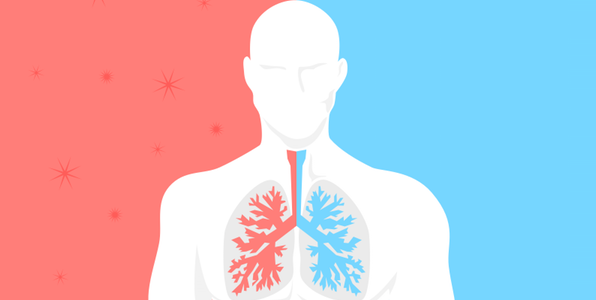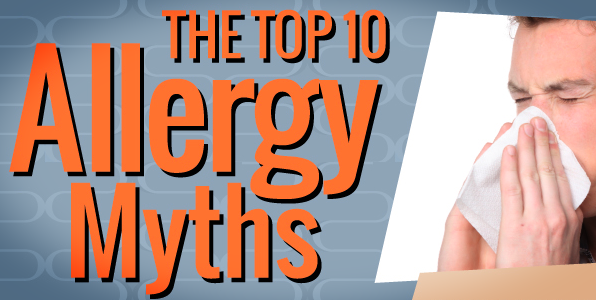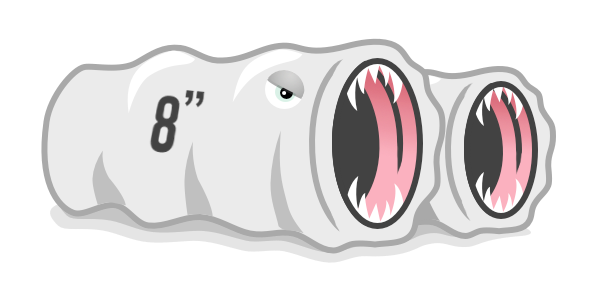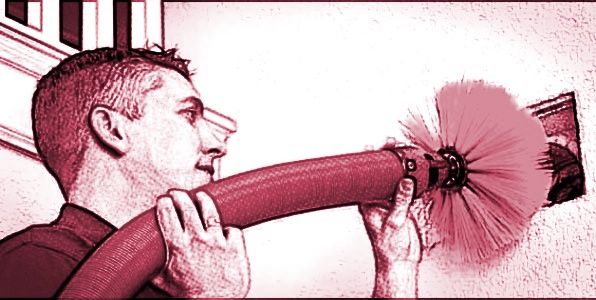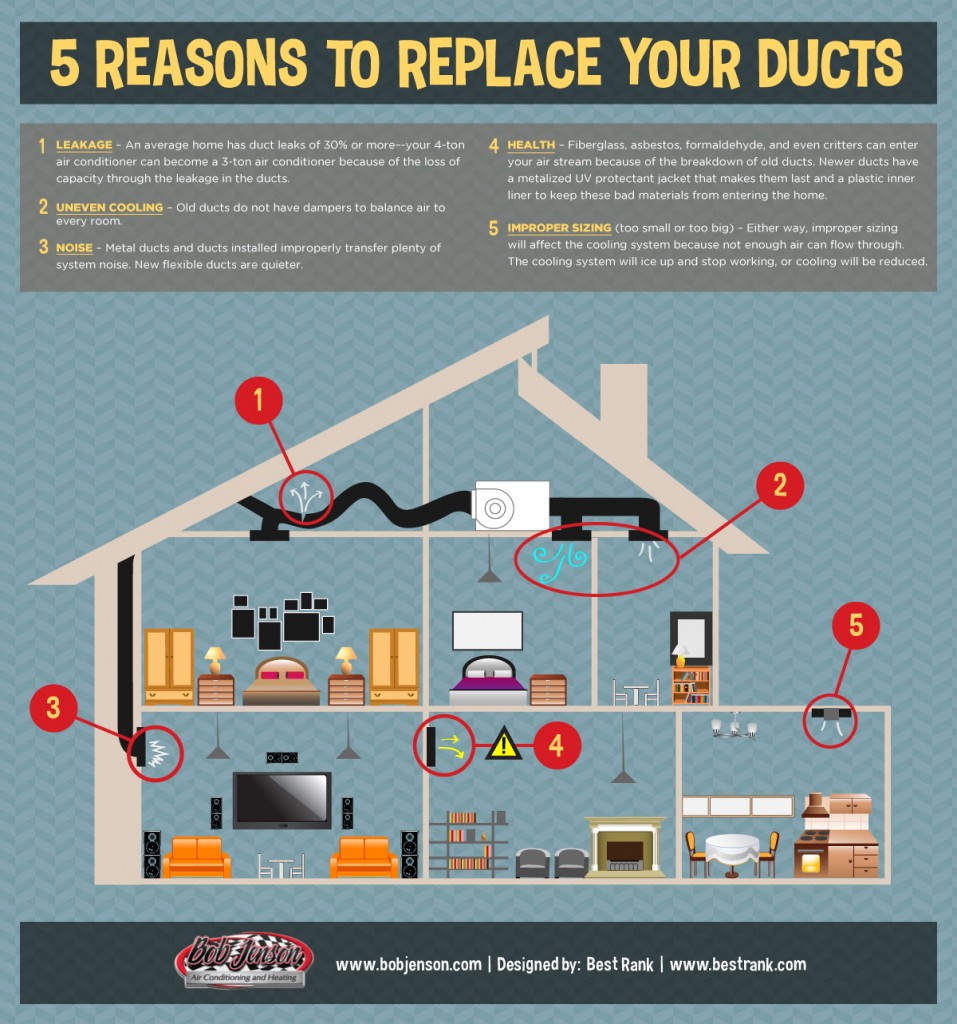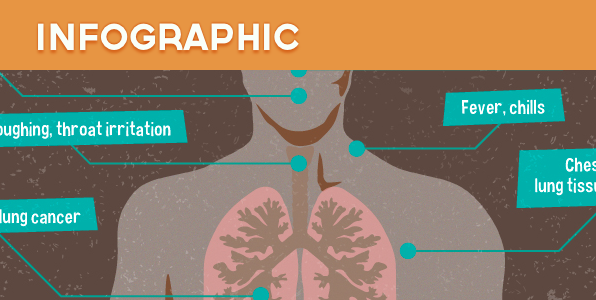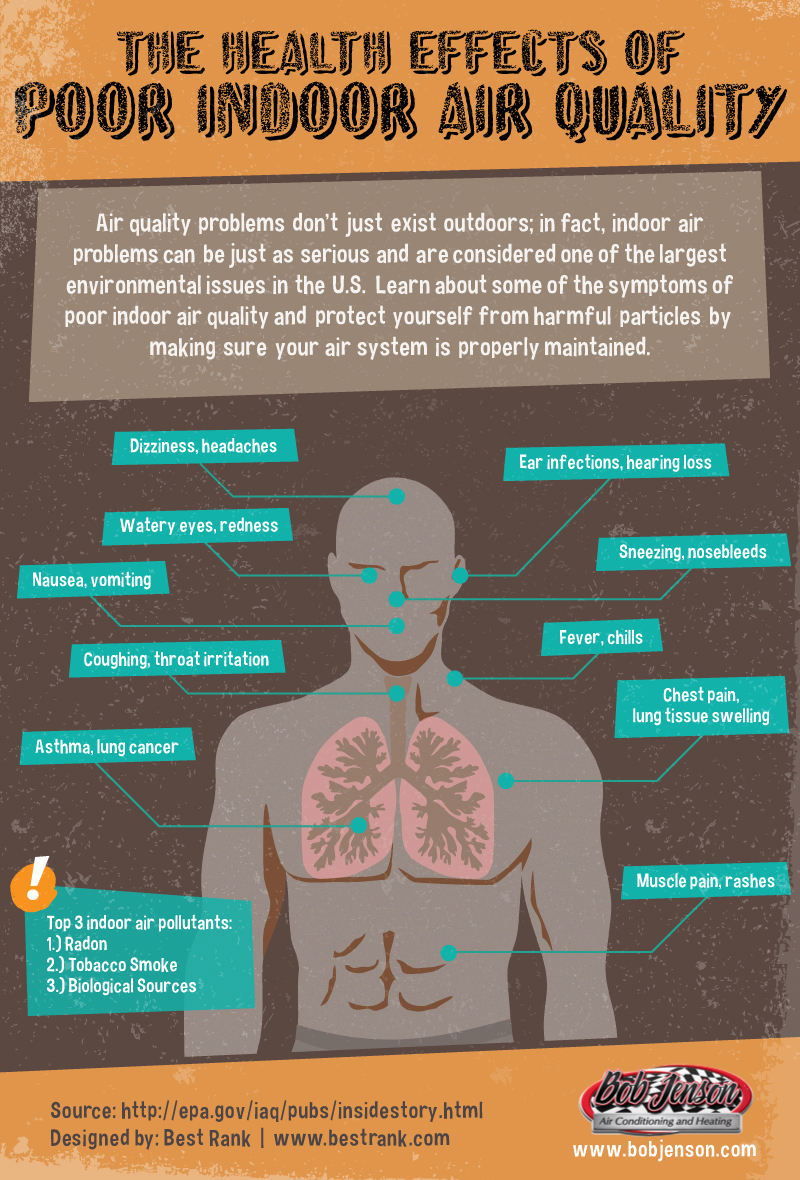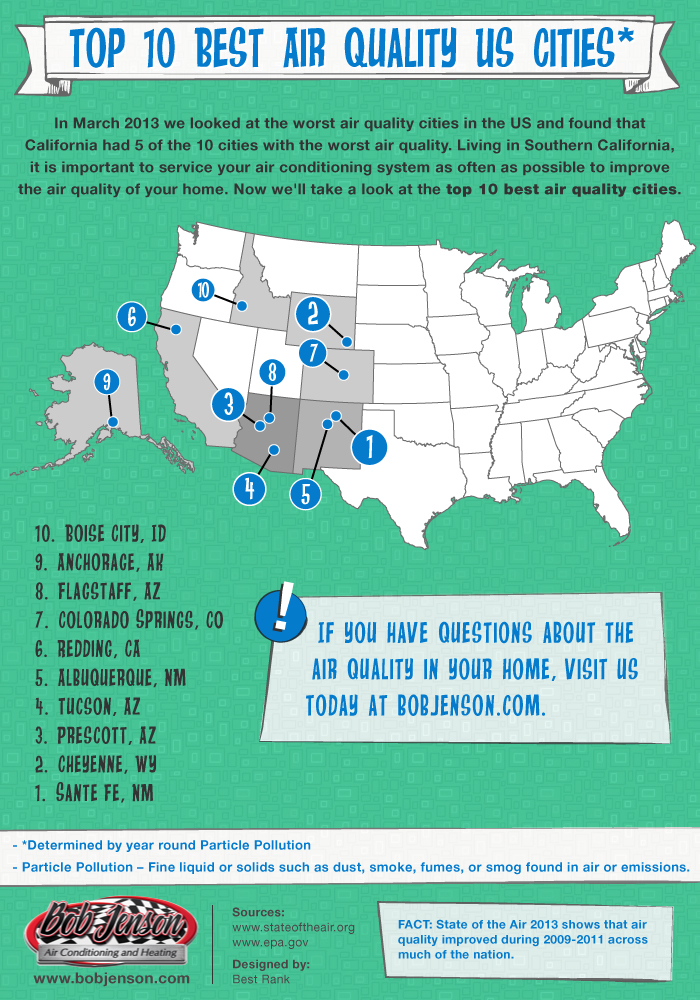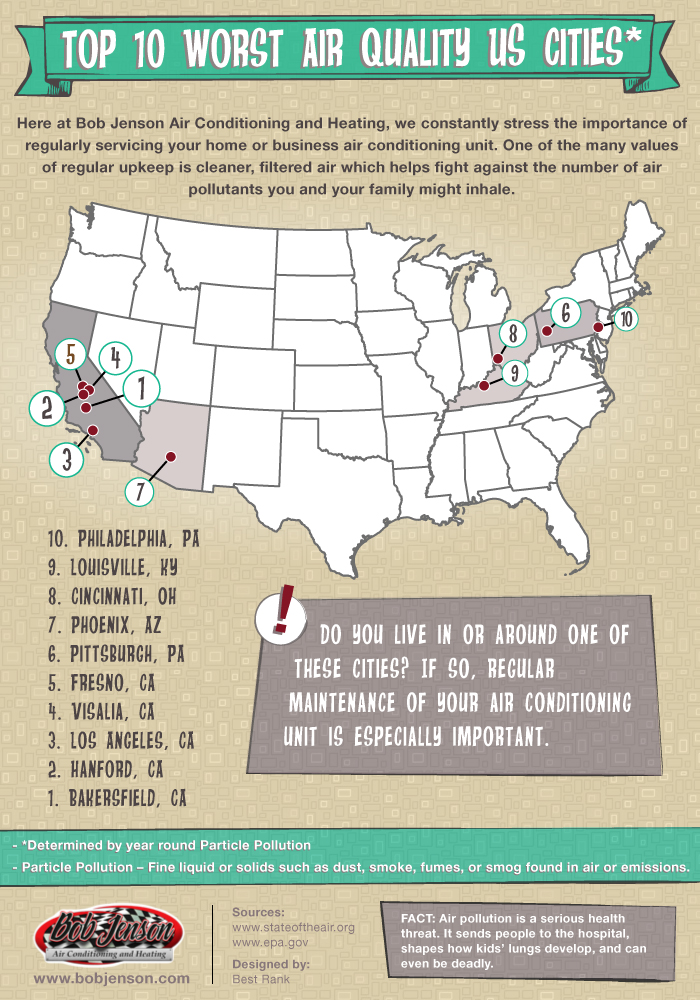Five Effects of Bad Indoor Air Quality (and How to Improve It!)
Not letting bad air get to you
Air is something most of us take for granted. We think of the air in our homes and offices as clean and safe; as natural as breathing itself. Despite its seemingly benign presence, it could be compromising your health, depending on the environment in which you live. In fact, the Environmental Protection Agency cites poor indoor air quality as the fourth greatest threat to the environment. If you’ve been suffering from respiratory problems, sinus or eye irritation, headaches, or general fatigue, the culprit may be right under (and within) your nose. Fortunately, there are ways to drastically improve the air you breathe and increase the safety of your home environment.
Want to know what risks come with poor indoor air quality? Keep reading to find out—and to learn how you can avoid them altogether.
1. Chronic Disease
Some examples include asthma, allergies, and even lung cancer. These issues can be caused by any one or a combination of several types of airborne contaminants. Poor air quality can also exacerbate existing respiratory ailments such as COPD.
2. Allergies
Dirty air can cause irritation to the eyes and nasal passages, headaches, nausea, asthma attacks, and fatigue. Biological contaminants, including animal dander, bacteria, mold, particles from dust mites and cockroaches, pollen, and viruses in the air can also lead to infections throughout the body.
3. Gas Poisoning
- Carbon monoxide can escape from older or improperly installed furnaces. High levels of these gases in enclosed spaces can be detrimental to your health, and even fatal. Small children, elderly people, and pets are most at risk of succumbing from this type of poisoning.
- Radon is a naturally occurring radioactive gas that enters homes through cracks in the foundation, drains, and other openings. More than 21,000 deaths per year in the United States are attributed to lung cancer from radon poisoning.
4. Chemical Poisoning
Formaldehyde is emitted from glues in upholstery, carpets, particle board, and wall paneling. Other equally toxic chemicals exist in pesticides, household cleaning agents, paint, solvents, and personal care products. These toxins are endocrine system disruptors that can affect long-term health; they may also cause immediate symptoms such as eye, nose, and throat irritation, headache, blurred vision, nausea, and rashes.
5. Mesothelioma
Asbestos is not just a problem from the history books. Many homes and office buildings still contain this lethal material in their insulation. Tiny fibers from crumbling asbestos infiltrate the lungs and can cause a terminal disease known as mesothelioma.
How to Improve Air Quality
The first and easiest step is to schedule regular maintenance of your home HVAC system. Professionals like Bob Jenson Air Conditioning and Heating will check your entire system to diagnose problems, make repairs, complete maintenance tasks, and offer advice about upgrades and other ways you can improve your air quality.
The following list includes a few other simple solutions that you can implement in order to improve the air quality in your home and keep your family safe and sound:
- Wash all human and animal bedding regularly to remove dander and dust mites.
- Vacuum frequently using a vacuum with a HEPA filter installed.
- Identify and eradicate areas of dampness around windows and between panes, near pipes, or in the walls. These are breeding grounds for mold, mildew, and bacteria. Damp areas also attract pests like cockroaches, which can also contribute to airborne contamination. In addition to affecting your air quality, damp rot can cause major (and expensive) structural damage.
- Forbid smoking in or around your home. Second-hand smoke has been linked to lung cancer and also increases the chances of developing other cancers, such as breast cancer.
- Install and regularly check carbon monoxide detectors to keep an eye on gas levels.
- Have all combustion appliances (anything that uses gas, coal, or wood fuel) installed by professionals.
- Have your home tested for radon gas. The testing company will offer suggestions on how to remove it and keep it out of your home.
- Avoid using cleaning and personal products that contain toxic chemicals. Nontoxic versions exist for every home need, and you can find a variety of easy DIY recipes for everyday products from all-purpose cleaner to shampoo.
- Buy bedding and furniture made from organically grown plant fibers whenever possible. If you are bringing a new mattress or piece of upholstered furniture into your home that may contain formaldehyde or other chemicals, try to leave it in a garage or patio to release its gases for a day or two before bringing it into living and sleeping areas.
- Have your home inspected for asbestos. If you find you have it, have a professional cover it with a brush on sealant (often this is a safer alternative to removal since your not disturbing it) or have it removed entirely.
Proper maintenance of your home environment can help you ensure that the air you breathe is clean and healthy. Ventilation is an important part of this process, as well as routine cleaning of any HVAC system, pet beds, and cluttered, dusty spaces.
